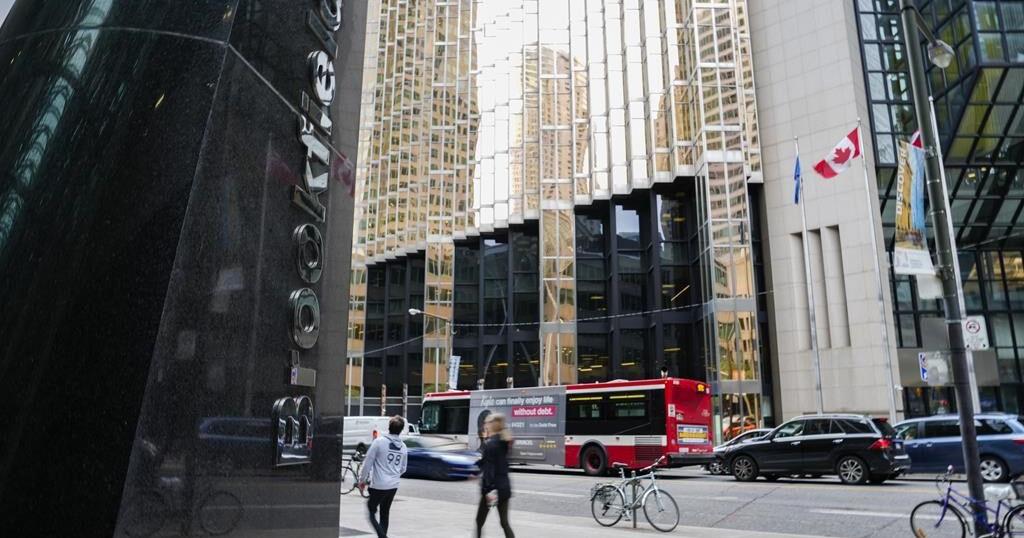Five states accounted for more than half of the total bank-assisted investment proposals made during the year 2022-23, mirroring the skewed pattern of industrialisation in the country. On the other hand, overall investment plans shot up by 79.50 per cent with a record capital outlay of Rs 352,624 crore — the highest since 2014-15 — despite a rise in interest rates in the banking system during the year, says a study by the Reserve Bank of India (RBI).
As many as 547 projects got assistance from banks and financial institutions during 2022-23 with a record high total project cost of Rs 2,66,547 crore as compared to 401 projects with a total project cost of Rs 1,41,976 crore during 2021-22, a surge of 87.7 per cent, says the study conducted by an RBI team. “The envisaged total cost of the projects financed by banks and financial institutions reached a new peak during 2022-23 since 2014-15,” the study says.
The state-wise distribution of new investments has revealed that the top five states — Uttar Pradesh, Gujarat, Odisha, Maharashtra and Karnataka — together accounted for 57.2 per cent share (or Rs 2,01,700 crore) in total project cost during 2022-23, higher than 43.2 per cent share during 2021-22, the central bank study says.
In 2022-23, Uttar Pradesh accounted for the highest share of 16.2 per cent, or Rs 43,180 crore, in the total cost of projects sanctioned by banks and financial institutions, followed by Gujarat (14 per cent, or Rs 37,317 crore), Odisha (11.8 per cent), Maharashtra (7.9 per cent) and Karnataka (7.3 per cent). The share of Uttar Pradesh and Odisha in the total cost of projects improved significantly from the previous year as well as the average share recorded during the period 2013-14 to 2020-21. “These would be intentions based on data from banks and FIs when they give loans where phasing is provided. CMIE data for June shows a rise but heavy concentration in airlines,” said Madan Sabnavis, Chief Economist, Bank of Baroda.
Overall, investment plans of 982 projects were made during 2022-23, with record capital outlay of Rs 3,52,624 crore – higher than the level seen since 2014-15 – as against 791 projects in 2021-22 with investment intentions of Rs 1,96,445 crore, a surge of 79.50 per cent, the RBI study says. These projects included those assisted by banks, private fund mobilisation and overseas borrowings.
Significantly, the rise in new investments has happened at a time when the RBI hiked the repo rate (the rate at which the RBI lends to banks) by 250 basis points to 6.50 per cent since April 2022. Despite the rise, credit offtake has shot up by 19.7 per cent as of July 2023, a year-on-year rise of Rs 24.33 lakh crore.
In bank-assisted projects, Kerala, Goa and Assam are at the bottom of the table in getting the lowest number of new investments. Kerala received just 0.9 per cent (Rs 2,399 crore) of the total investment plans. Assam got just 0.7 per cent, and Goa 0.8 per cent. Haryana and West Bengal also failed to get many investments projects, accounting for around one per cent, or Rs 2,665 crore, of the total projects.
Overall, a total capital investment of Rs 2,19,649 crore through the various channels of funding was expected to be made by the private corporate sector in 2022-23, recording an increase of 6.7 per cent from the planned phasing of the previous year, primarily led by a rise in capex projects financed by banks/FIs more than offsetting the decline in capital investment through external commercial borrowings (ECB), the RBI said.
According to the study, the phasing profile of the envisaged capex, based on the pipeline projects sanctioned by the banks and FIs in the previous years prior to the reference year, increased from Rs 70,906 crore in 2022-23 to Rs 1,17,182 crore in 2023-24. While based on all channels of financing together, it stood at Rs 1,71,568 crore in 2023-24 as against Rs 94,876 crore in 2022-23.
Explained
75% proposals got credit
THE RBI study gives an indication of how attractive states are among investors. While it does not say if proposals have been implemented, those which receive credit are more likely to take off. In terms of capital outlay in value, almost 75% of investment proposals received bank and institutional credit.
There were eight mega projects (with project cost Rs 5,000 crore and above) and 68 large projects (Rs 1,000 crore-Rs 5,000 crore), sanctioned by banks and FIs during 2022-23, having a share of 27.1 per cent and 41.3 per cent of total project costs, respectively. The phasing plan of large projects may have a bearing on the capex in the longer-term, it said.
However, the central bank has said the pick-up in investments is largely due to the capital expenditure plans of the government. “Investment activity gained further steam on the back of government capital expenditure, rising business optimism and revival in private capex in certain key sectors,” RBI Governor Shaktikanta Das said while unveiling the policy recently.
The near-term outlook for private investment activity in India is gauged from project investment proposals of the private corporate sector, it said. “A sustained pick-up in bank credit in recent periods, rising capacity utilisation, improved business outlook and demand conditions and various government policy initiatives to support investment activities provided a conducive environment for the private corporates to undertake fresh capital all India investment,” the RBI study said.
Purpose-wise pattern of projects, according to the study, indicates that investment in green field (new) projects accounted for the largest share of 93.1 per cent in the total cost of projects financed by banks and FIs during 2022-23, in line with the trend seen in the past.
The infrastructure sector, comprising power, telecom, ports and airports, storage and water management, special economic zone (SEZ), industrial, biotech and IT park, and roads & bridges, remained the major sector accounting for 60 per cent share in the total cost of projects during 2022-23, it said. Within the infrastructure sector, roads & bridges held a significant share in the total project cost, supported by the government’s push towards infrastructure projects through the “Bharatmala” initiative.


























